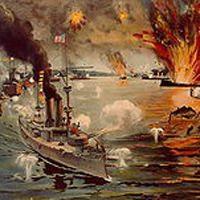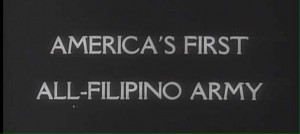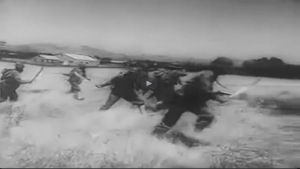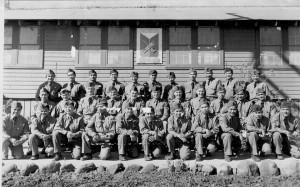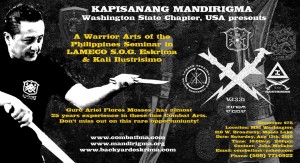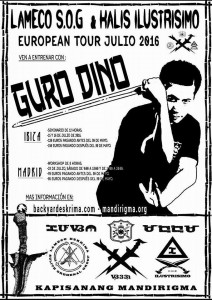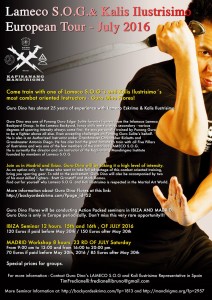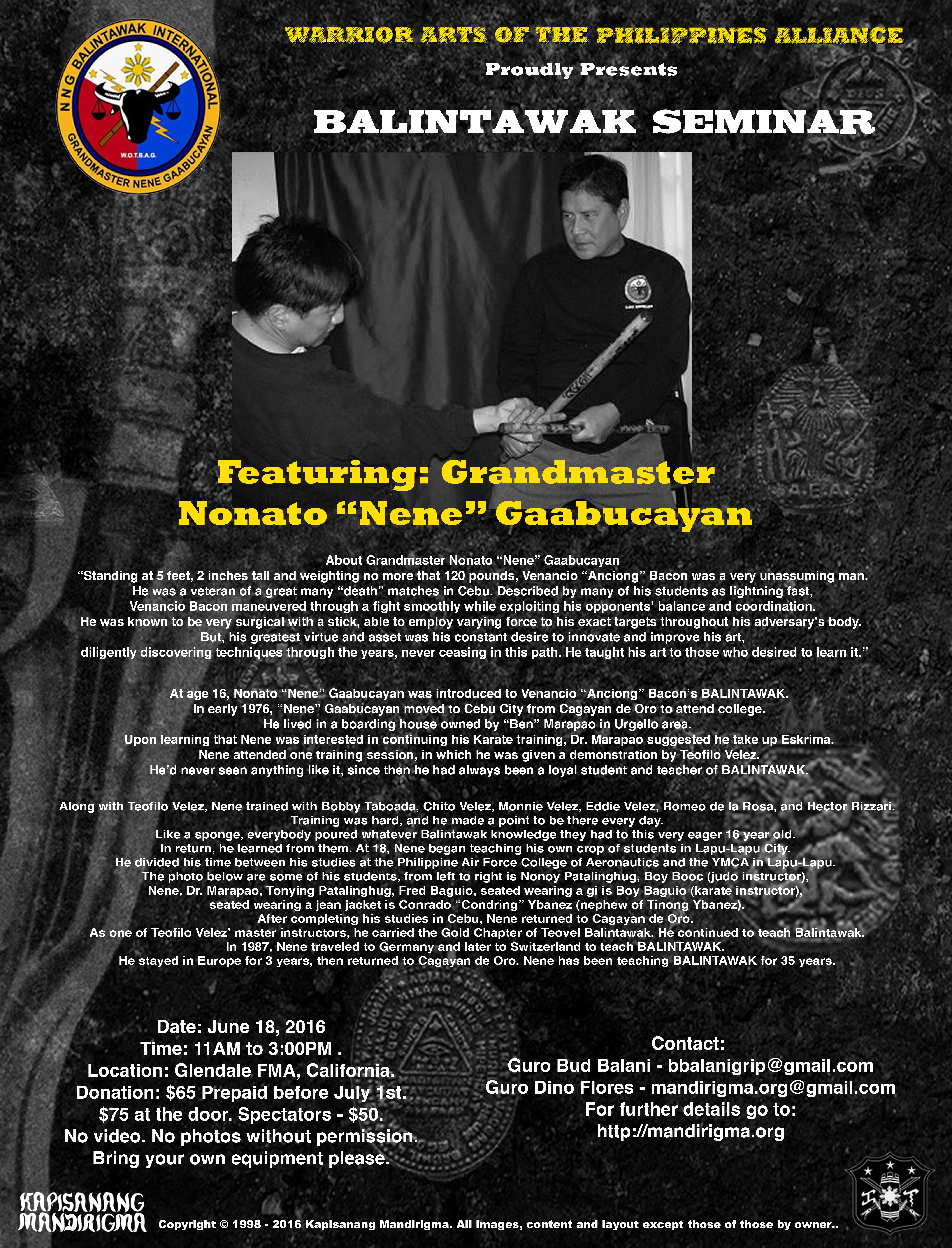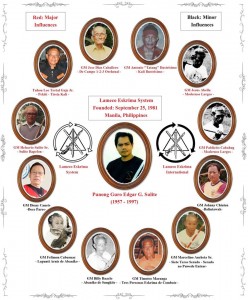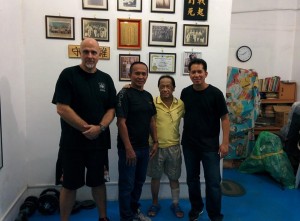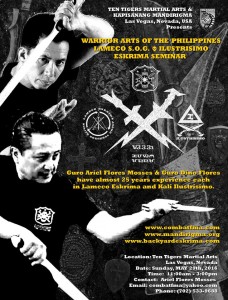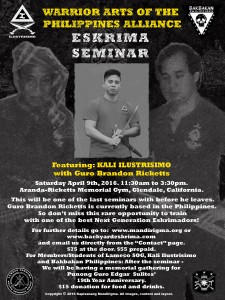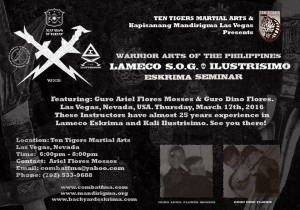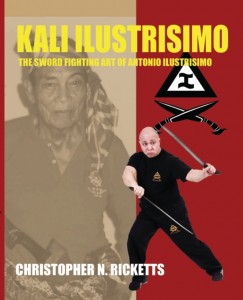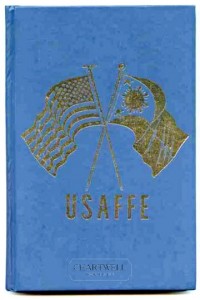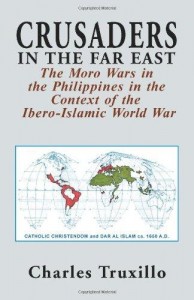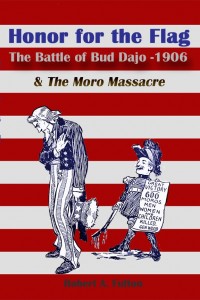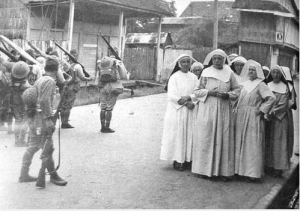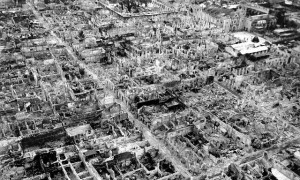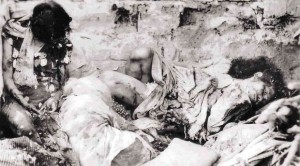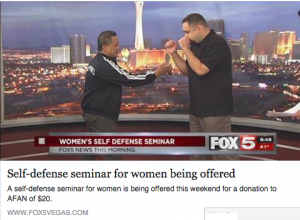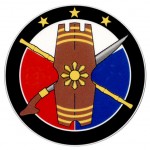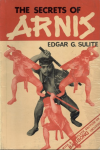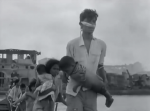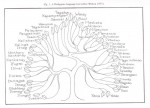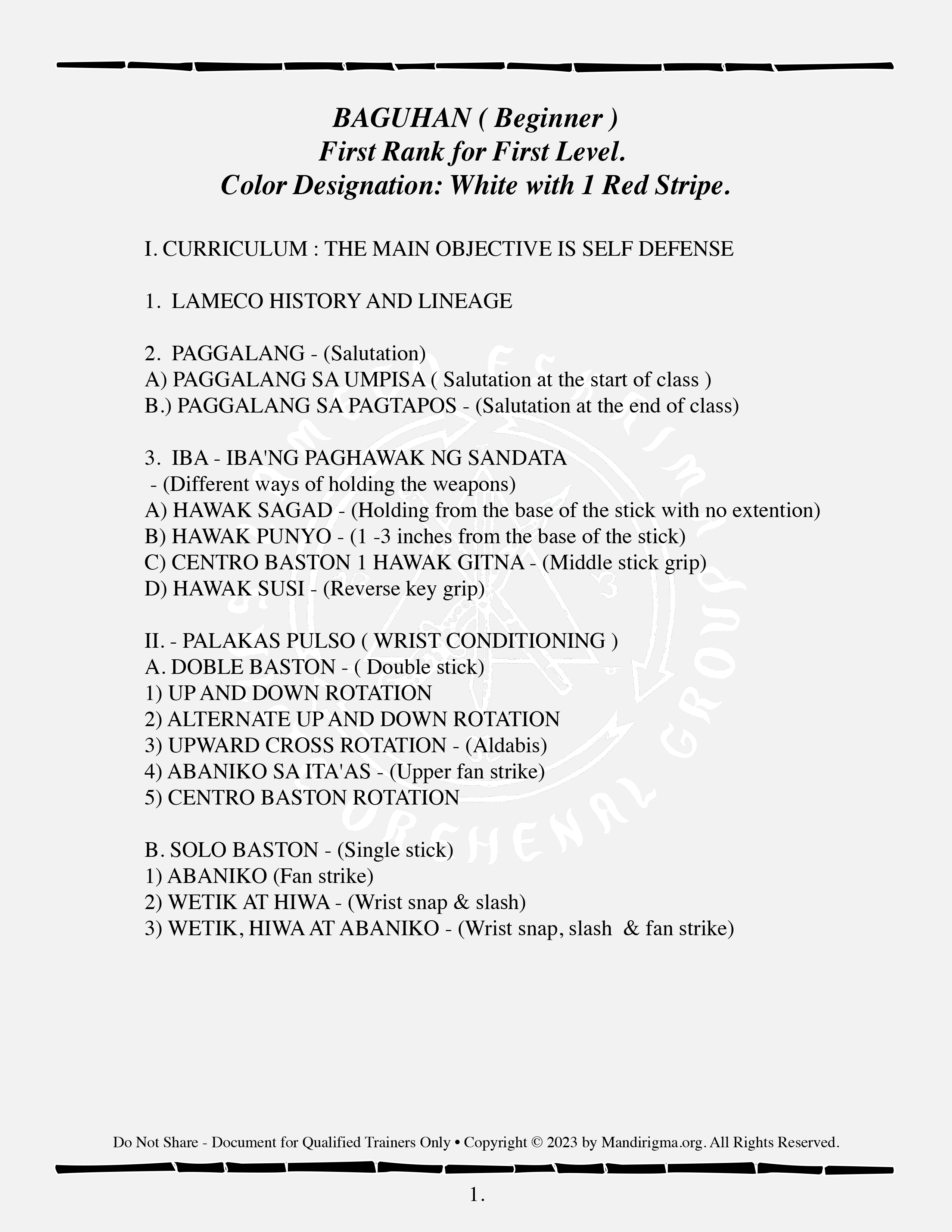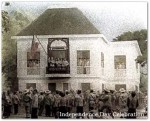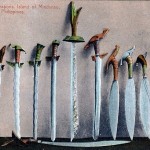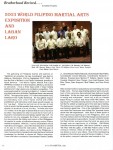
Memorare Manila 1945 Monument Courtesy of: http://malacanang.gov.ph/75085-briefer-memorare-manila-1945-monument/ The Memorare – Manila 1945 Monument commemorates the lives lost during the battle for the liberation of Manila, waged by Filipino and American forces against Imperial Japanese troops from February 3, 1945, to March 3, 1945. The monument was unveiled on February 18, 1995. It stands at the center of Intramuros, in Plaza de Sta. Isabel at the corner of General Luna and Anda Streets. It was constructed mainly through the efforts of the Memorare – Manila 1945 Foundation Inc., a private, non-profit organization founded by the civilian survivors of the Battle of Manila and their descendants. Sculpted by Peter de Guzman, the monument’s main feature is the figure of a hooded woman slumped on the ground in great despair for the lifeless child she cradles in her arms. Six suffering figures surround her, a glimpse of the great despair brought about by the gruesome massacres that were perpetrated all over the city inflicted by Imperial Japanese soldiers on civilians during the liberation of the city. The inscription on the base was penned by Nick Joaquin, National Artist for Literature: This memorial is dedicated to all those innocent victims of war, many of whom went nameless and unknown to a common grave, or never even knew a grave at all, their bodies having been consumed by fire or crushed to dust beneath the rubble of ruins. Let this monument be a gravestone for each and every one of the over 100,000 men, women, children and infants killed in Manila during its battle of liberation, Feb. 3 to March 3, 1945. We have never forgotten them. Nor shall we ever forget. May they rest in peace as part now of the sacred ground of this city: The Manila of our affection. February 18, 1995.” … [Read more...]
